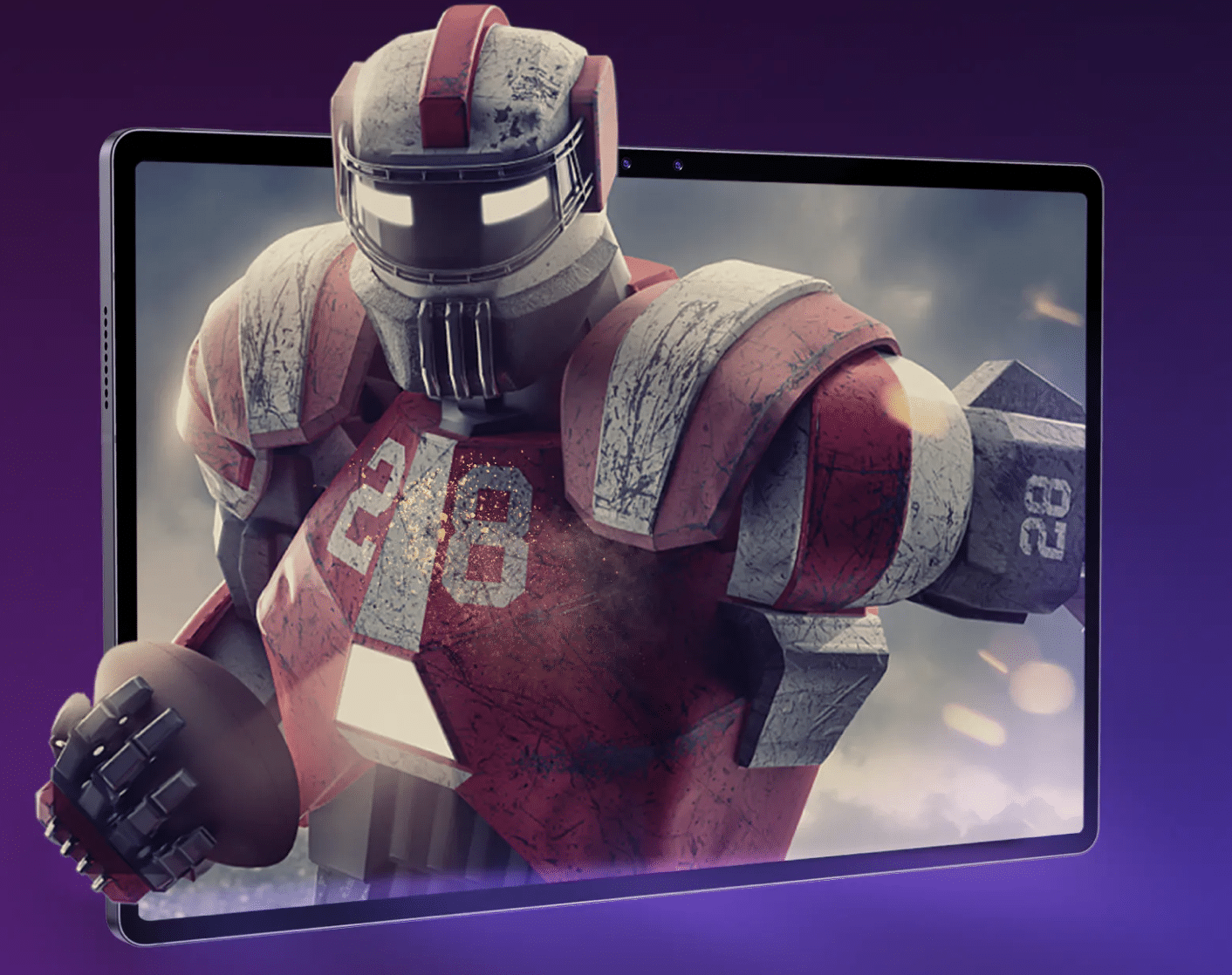The possibility of eyewear-less 3D displays on mobile devices has always excited the imagination of those looking to push the boundaries of mobile technology. ZTE Corporation’s latest attempt in this regard may not be the first attempt at eyewear-free mobile 3D. But it may be the first solution that makes the technology feasible, practical, and affordable.
And if we have practical 3D displays, there is no reason why we shouldn’t use them to replace our current 2D technology. The Nubia Pad 3D may act as a bridge in this sense. Its AI-powered 3D engine can convert 2D content into 3D in real time.
To create the tablet, ZTE Corporation joined forces with 3D firm Leia, which provides the AI the tablet uses to display 3D content and convert 2D into 3D. Leia’s proprietary 3D Lightfield technology has seen use in the company’s own tablets before.
How Does Nubia Pad 3D’s Eyewear-free 3D Work?
The technology is as sophisticated and innovative as it is interesting. The Nubia Pad 3D tablet uses a filter beneath the display. The solution allows it to direct light into the eyes of the user separately. To accomplish that, the tablet needs to detect where the eyes are. Its answer is face-detection technology that uses AI to find and track the face of the user.
The software that powers the glassless 3D solution adjusts the images on the display so the two eyes receive two slightly shifted images that create a stereoscopic effect without the need to use special light-polarizing glasses.
Producing 3D Content
Nubia Pad 3D takes the 3D angle further, allowing users to create their own 3D content through the back and selfie cameras.
The cameras of the tablet are both dual. The 16 MP rear view cameras and the 8 MP front view cameras shoot two separate images from slightly different angles, similar to how the human eyes perceive the environment. The display ensures that each of the two images reaches only the eye it is supposed to reach, mimicking natural visual perception.
To convert 2D content to 3D, the tablet uses deep-learning algorithms and advanced neural networks.
The 3D-specific apps available through the Leia app store lend practical utility to the device and its 3D capabilities. Future applications may include 3D art, exhibitions, education, medicine, etc. The technology can integrate with Unity, Unreal Engine, and other applications that 3D developers use.
Nubia Pad 3D Specifications
The tablet comes with a 12.4-inch display, featuring a resolution of 1600×2560 pixels. The pixel density is 243 PPI. It’s got dual 16MP rearview cameras and dual 8MP selfie cameras.
The processing power the AI needs to generate the 3D imagery comes from a Cortex-based octa-core CPU through a Qualcomm SM8350 Snapdragon 888 5G chipset.
To round out the 3D experience, the tablet features four stereo speakers. The price is around EUR 1,000, which may be a bit steep for most casual users or those who do not need 3D applications for their work. That said, Nubia Pad 3D is not unaffordable, and the price of the technology will drop if it achieves widespread adoption.
AI May be the Key to Practicality
Advertised as the first 3D tablet to harness the power of artificial intelligence, Nubia Pad 3D is currently rivalless on the market. AI is its main selling point. Theoretically, AI should help it succeed where other similar efforts failed in the past.
Is AI necessary to achieve practical eyewear-free 3D, or is it just a fashionable phase in technology?
AI can contribute to 3D design and printing in many ways. In extreme cases, users can describe a 3D object they would like created and rendered, and AI can do the work for them.
In other cases, AI can analyze 3D objects and determine where the printing process is likely to fail. It can then offer solutions to the problems it finds. With Nubia Pad 3D, AI can make glassless 3D pretty and cheap enough for mass adoption.
Expected release date: April 11, 2023

